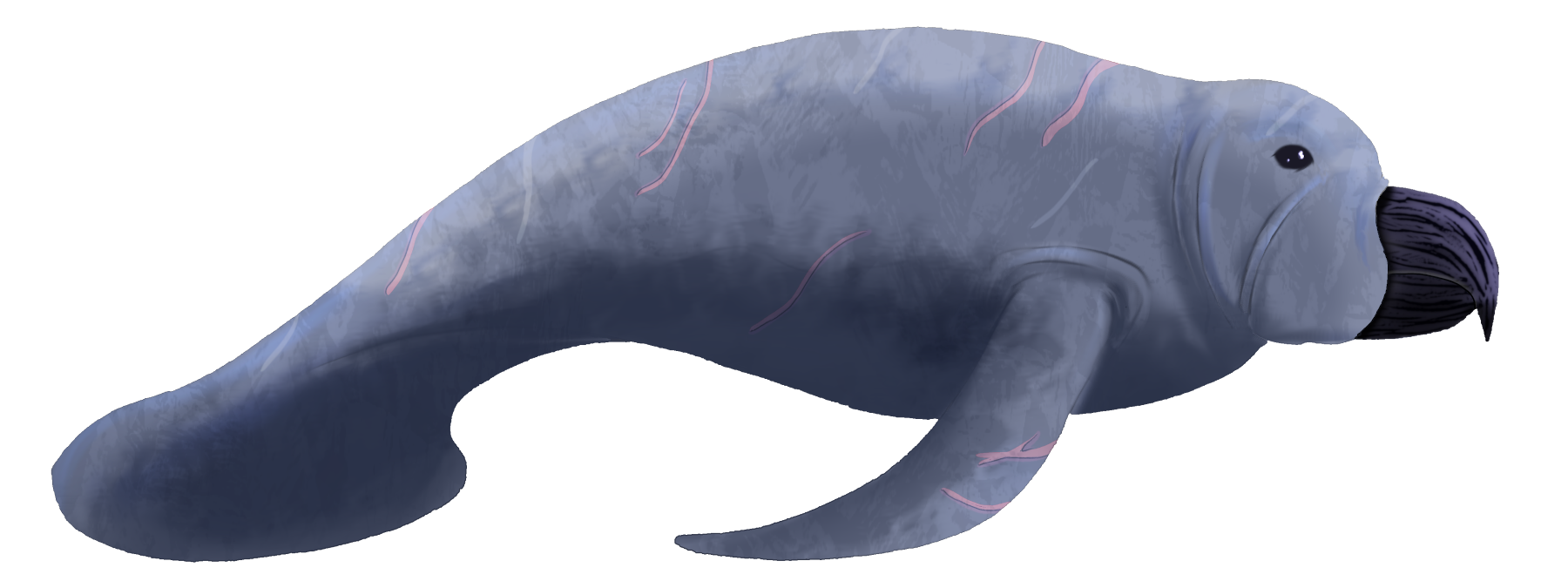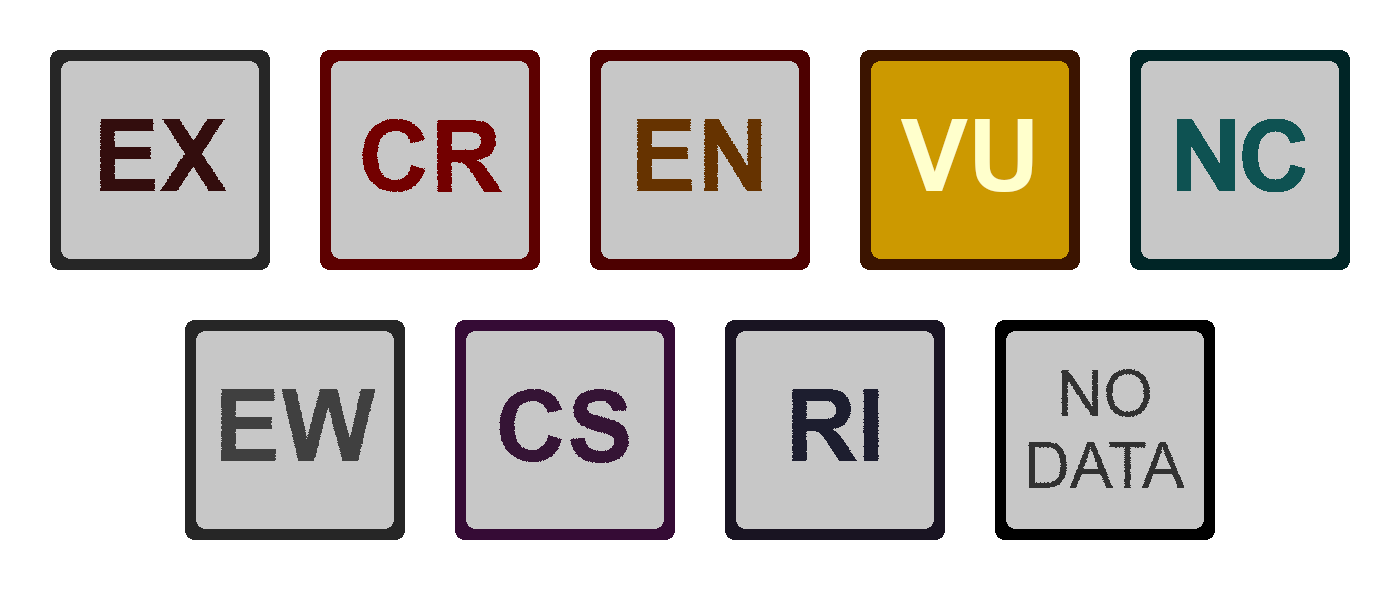Rokofa - Sea Crawler
"SEA COWS!"
- Asha
The Rokofa, which roughly translates to "Sea Crawler" or "Sea Grazer", is a large species of aquatic bird, evolved and adapted to live entirely in the water. They hardly look like birds at all with the exception of their their large beaks, which they use to scoop up and crush their primary sources of food, which includes water plants, corals, and urchins. The Rokofa is native to the swamps and river inlets of the Kenerif continent, and after The Sunken Lands fell below sea level, it became one of the largest animals of the Sunken Sea.
The Rokofa have several myths and legends surrounding them. One popular Regalti myth describes them as a former race of aquatic regalti that were scions of the Goddess Enta. Other Regalti saw them as nothing more than dumb animals and in their need for food nearly hunted the Rokofa to extinction. Their numbers have greatly recovered since then but they still live in a fragile environment.
Etymology
Rokofa is a combination of two Vevari words. Roko was originally the word for "Sea". the modern version of Roko is has an entirely different meaning and is now a verb that means "To Swim". "Ofan" was and still is a word that means "Grazer" and "Ofa" is a verb that means "To Crawl".
Evolution
All birds on Collena originally had four legs with two wings on the back. In a way they resembled Earth's griffins from mythology. The ancestors of the Rokofa were semi-aquatic versions of this, roaming a shallow sea eating seaweeds and other plants. As they evolved, they lost their wings, and their rear legs. These limbs now exist only as tiny protrusions of their skeletal structure, hidden completely inside their large bodies. the front limbs turned into fins and their tails were extended into a paddle shaped fluke. They also got quite large, to the point that they no longer had any natural predators, except for Regalti of course.
Conservation Status:
Vulnerable
Classification
Kingdom: AnimaliaPhylum: Chordata
Class: Aves
Order: Sirenia
Genera: Trichechus
Species: R. Rokofa
Common Name(s):
Rokofa (Common)
Sea Crawler (Common)
Sea Grazer (Uncommon)
Sea Cows (Human)






Comments